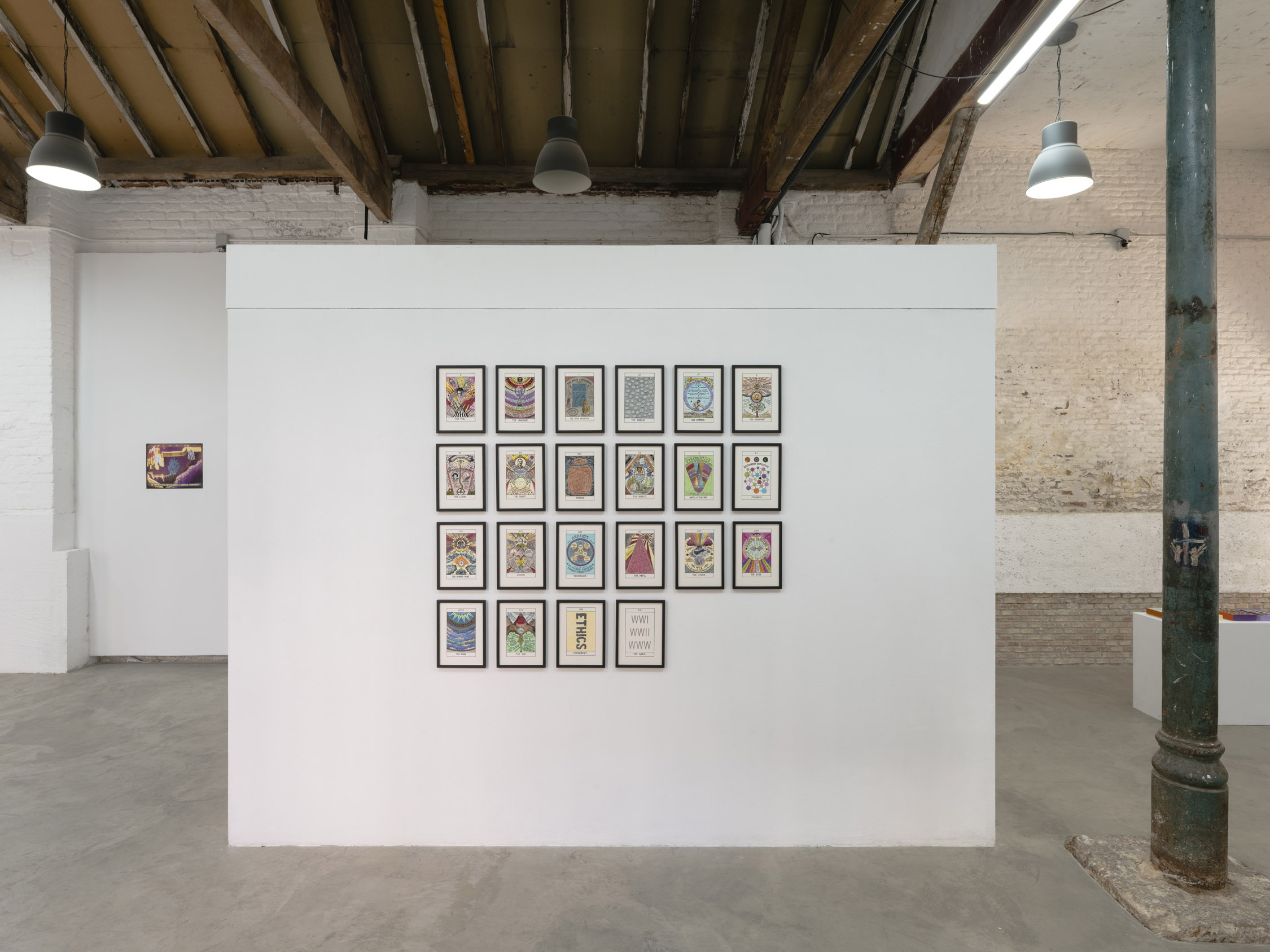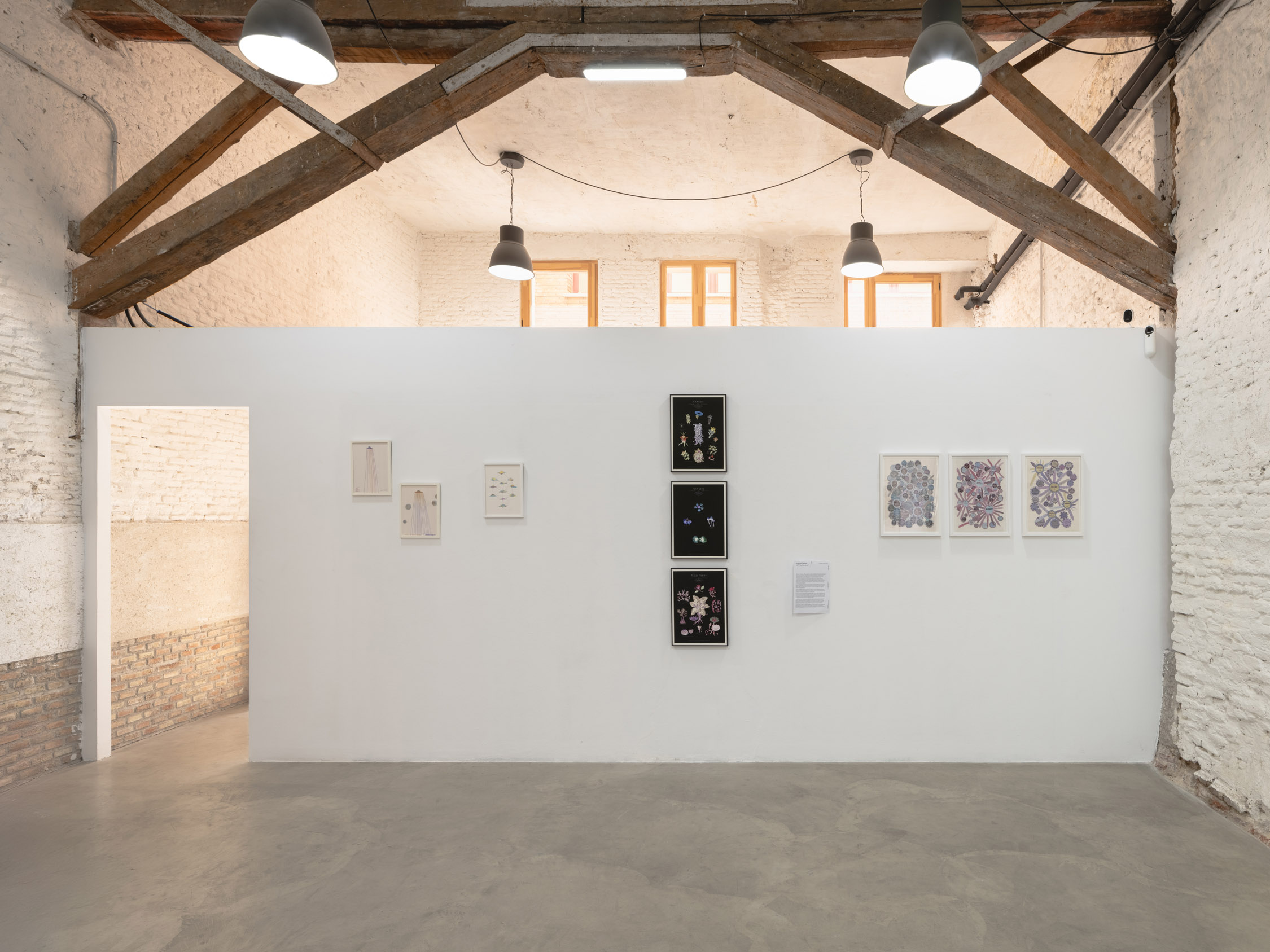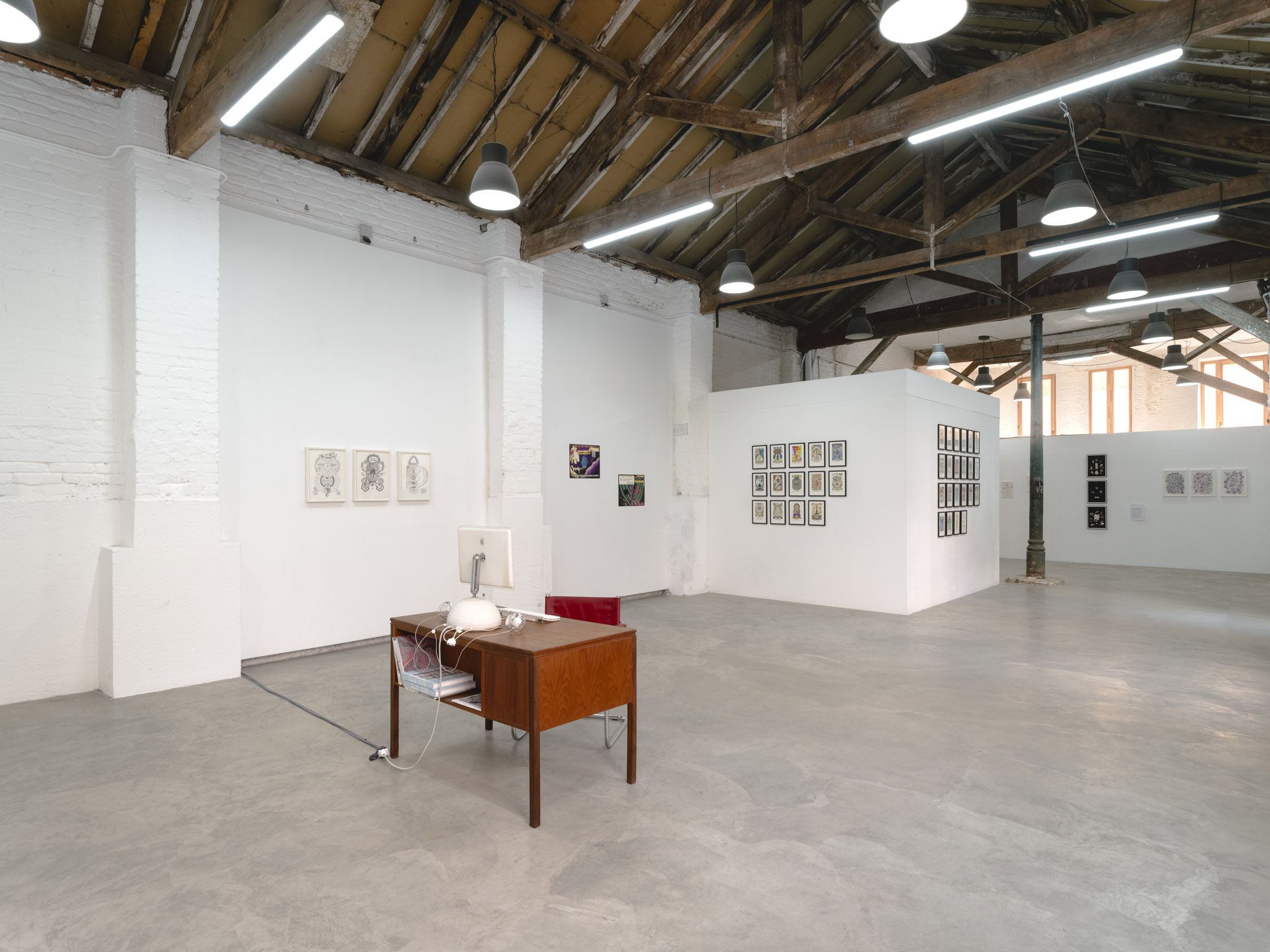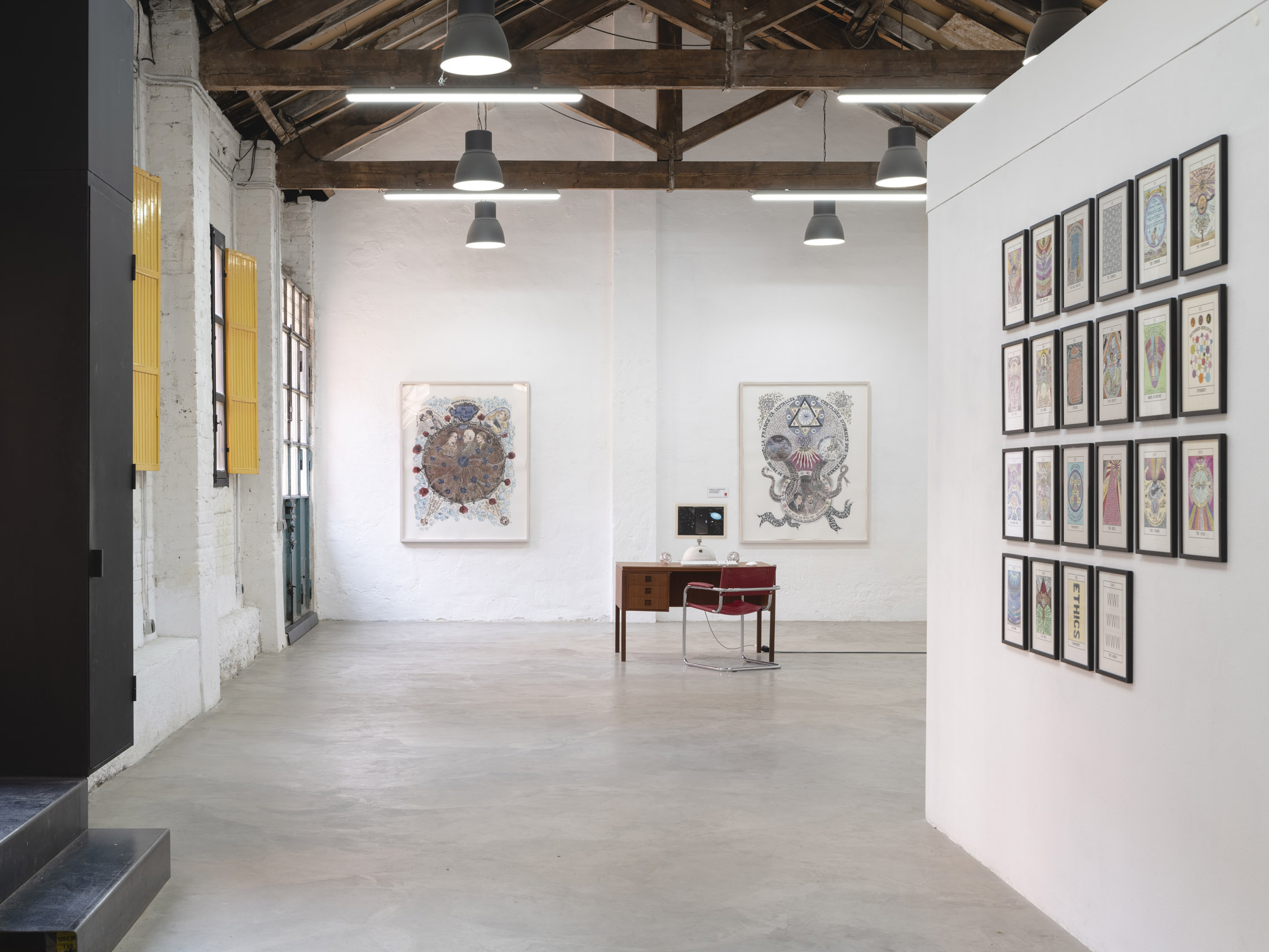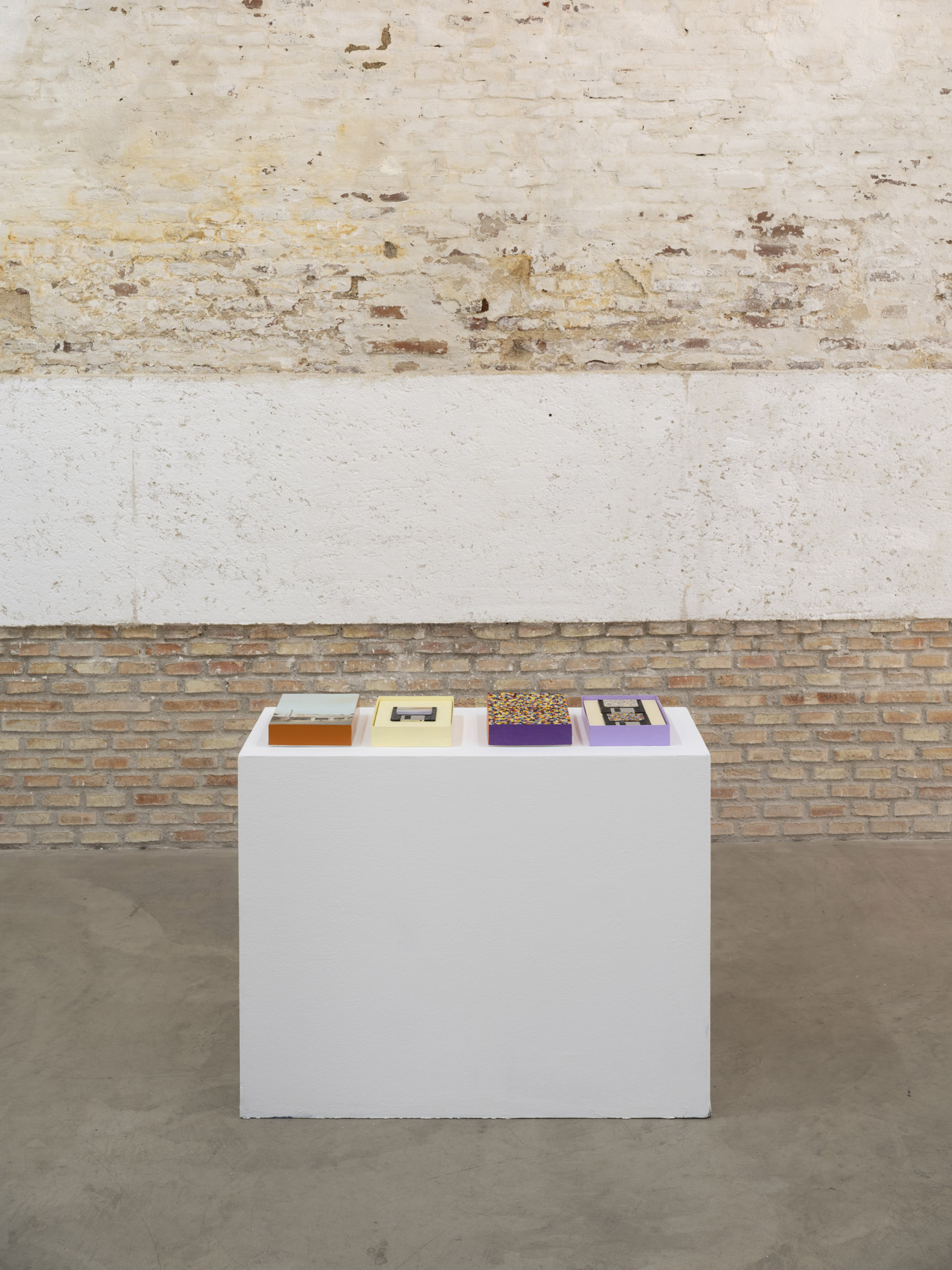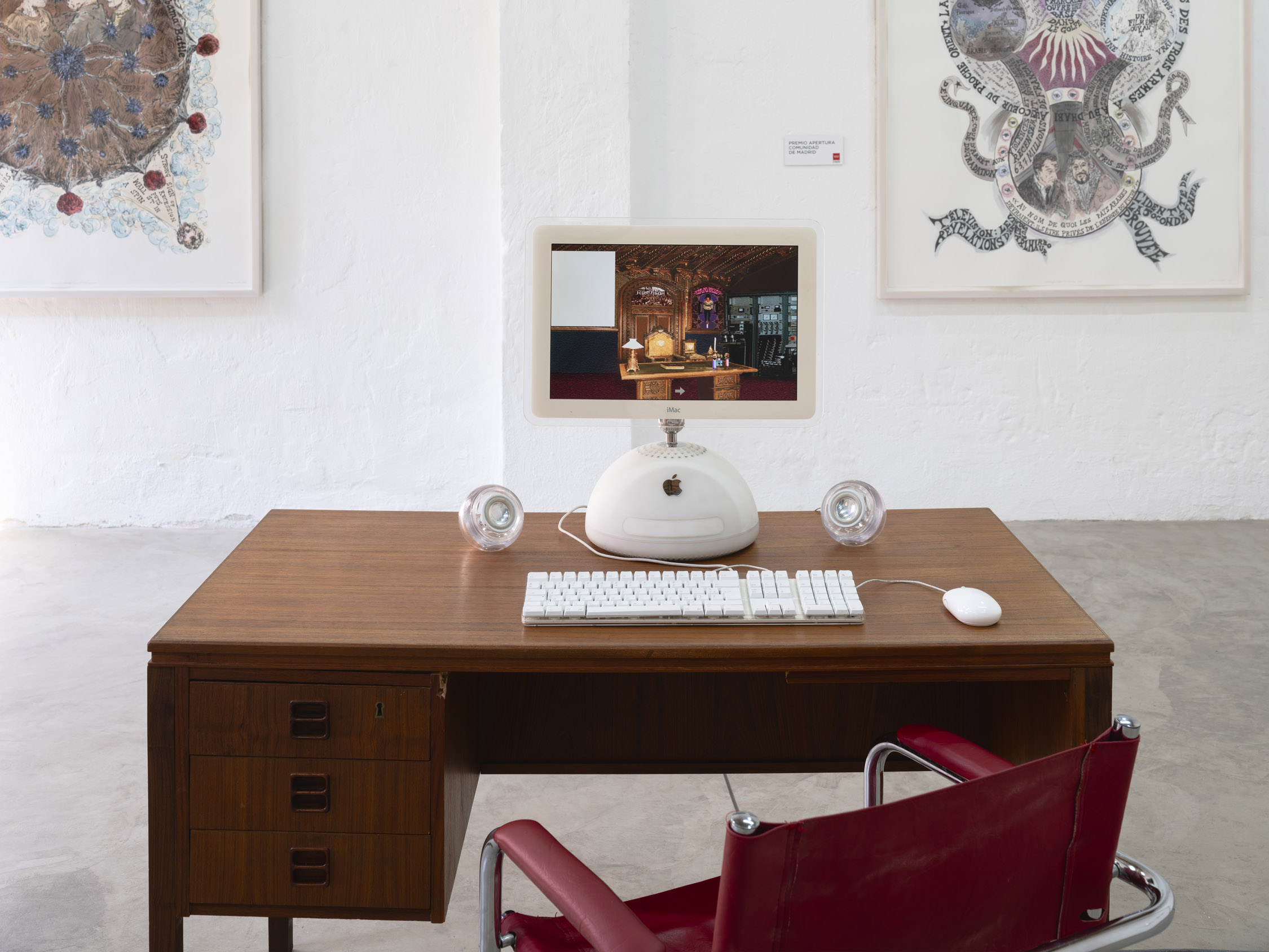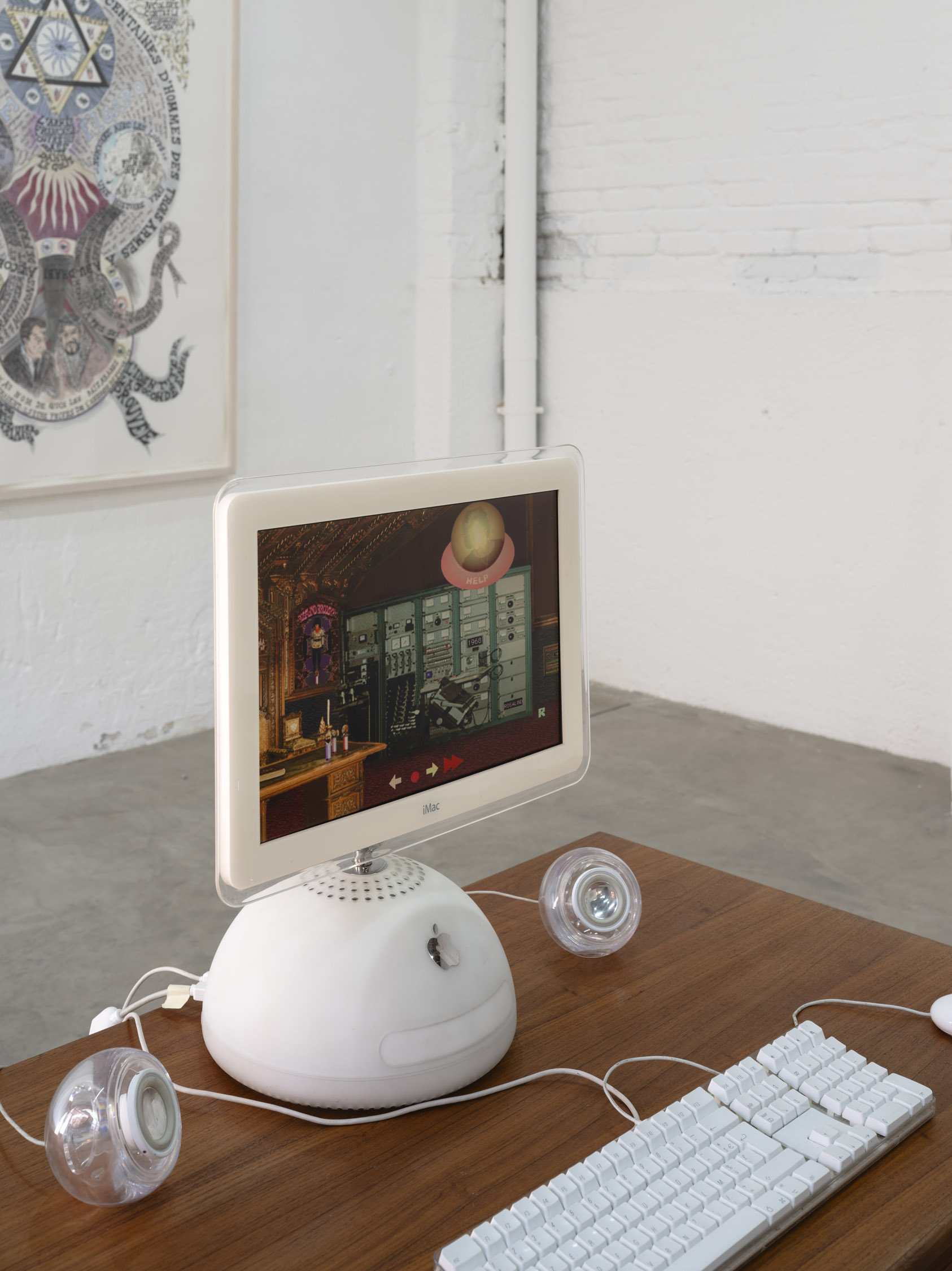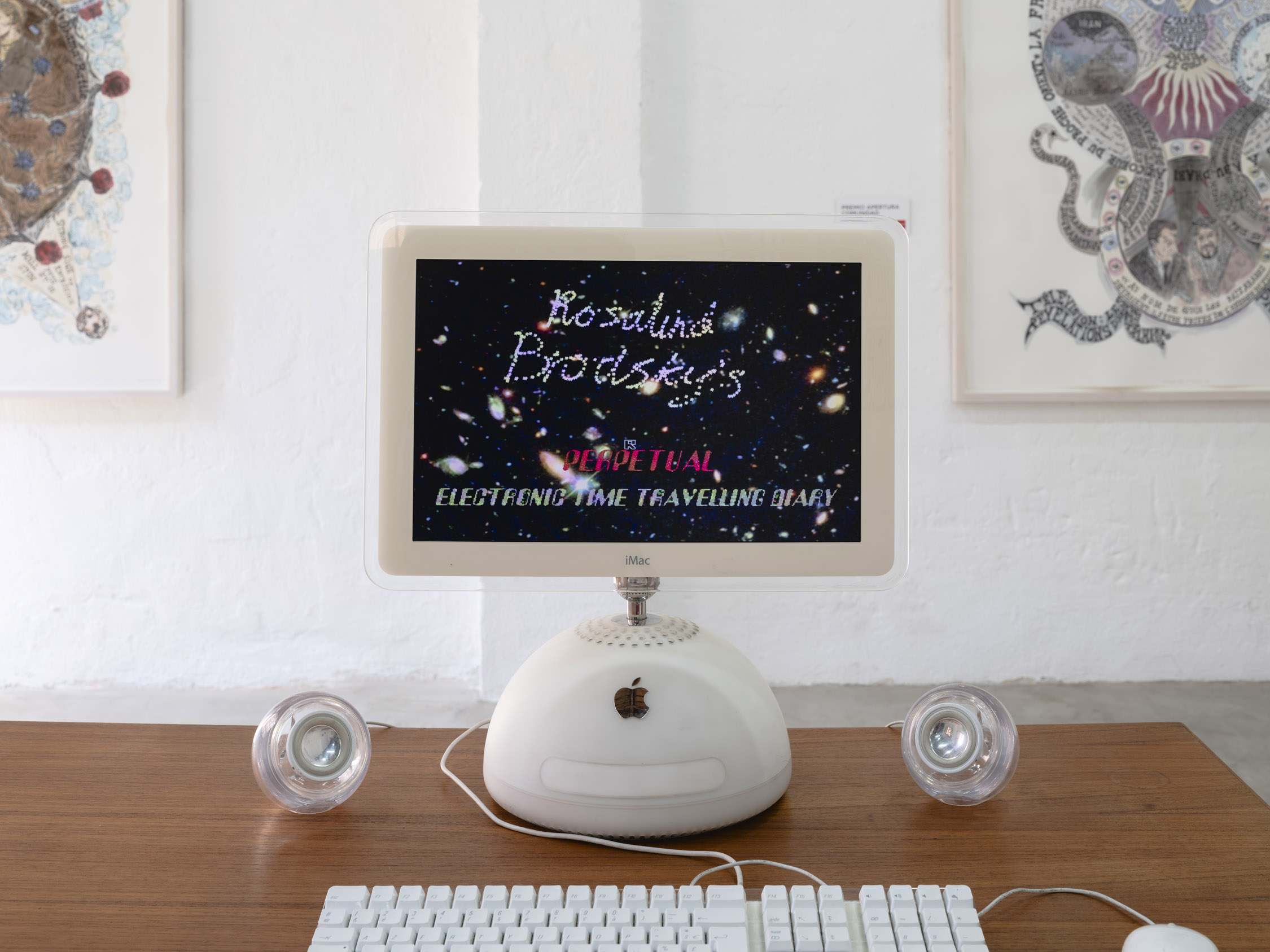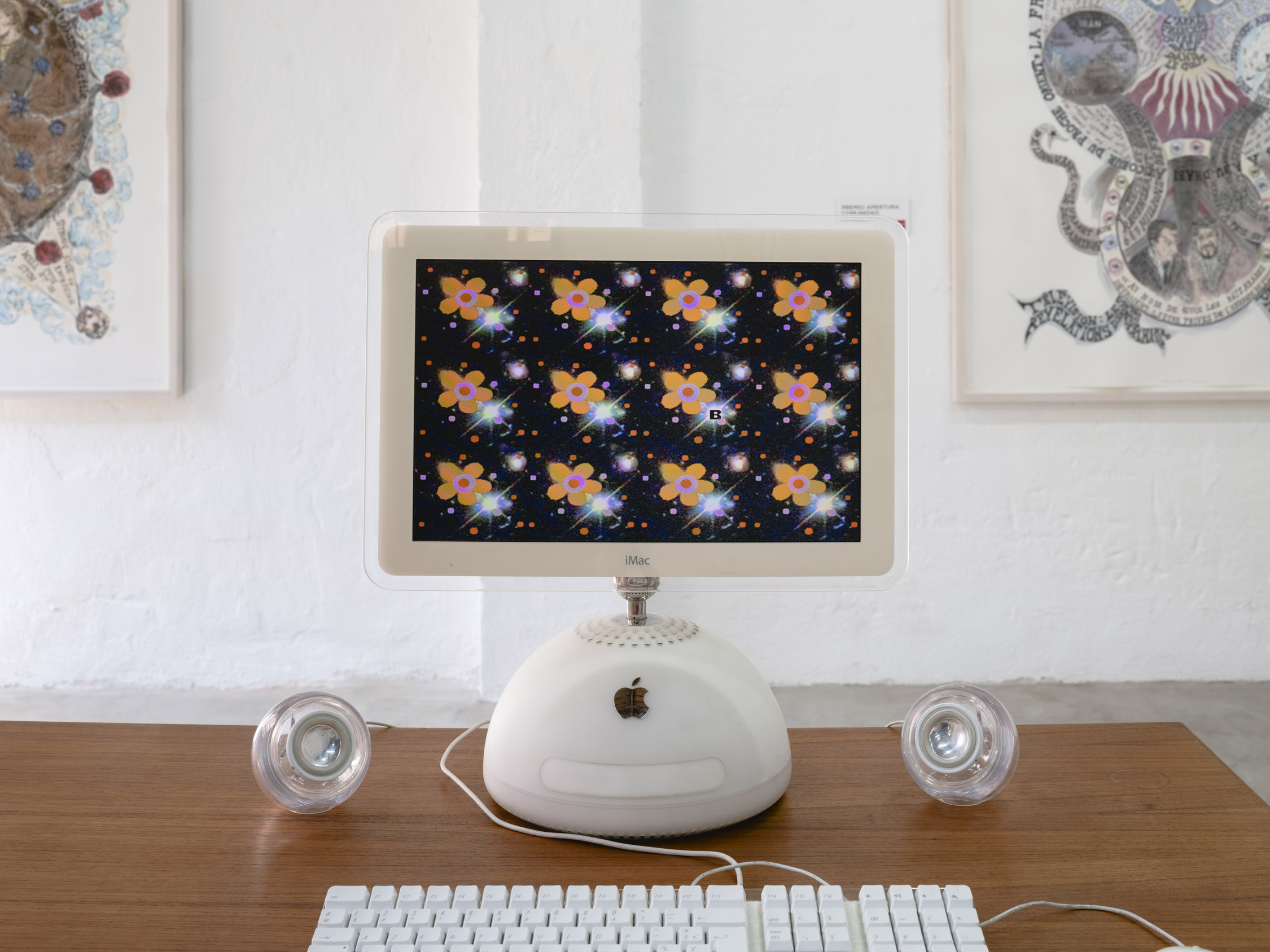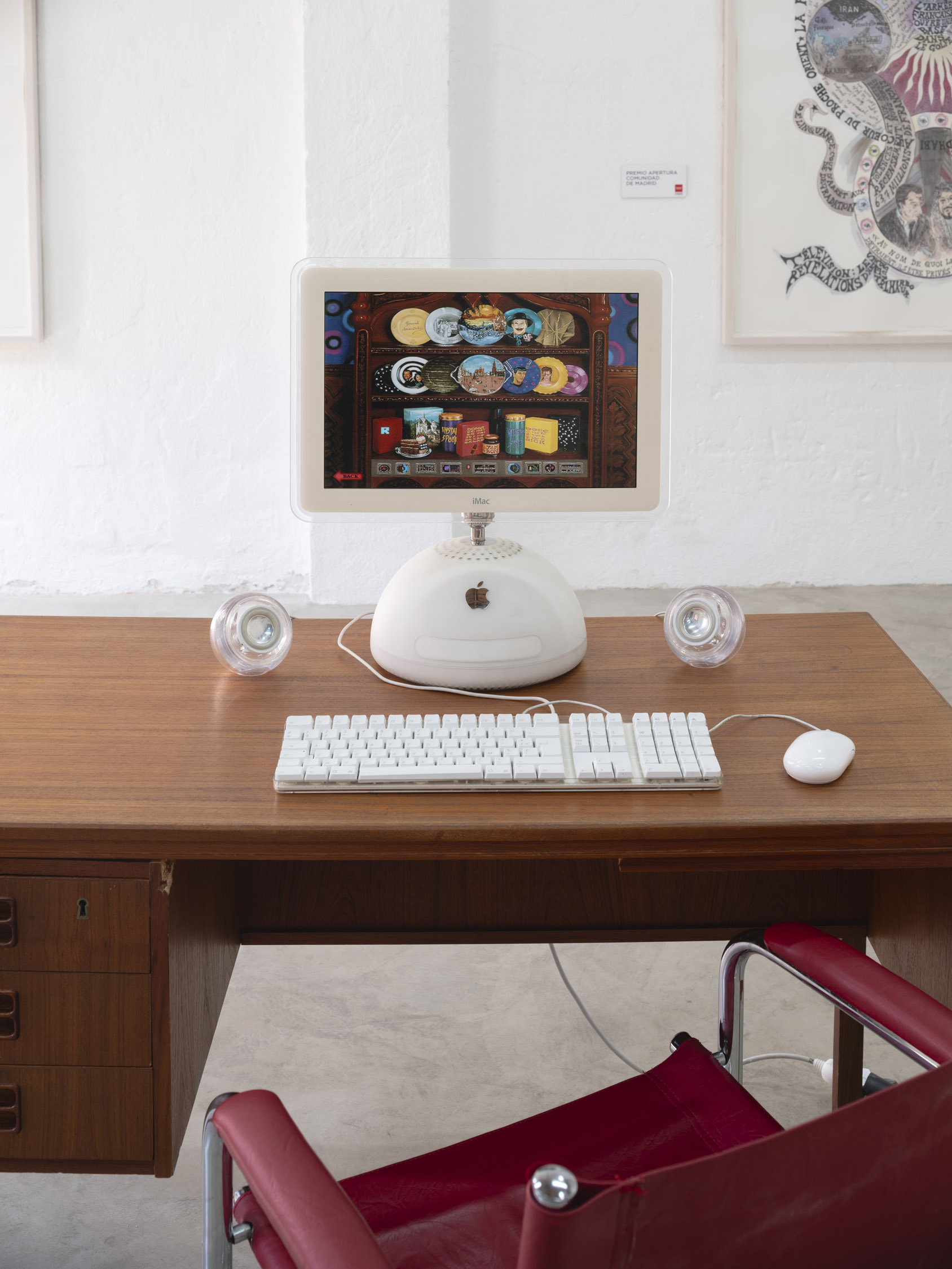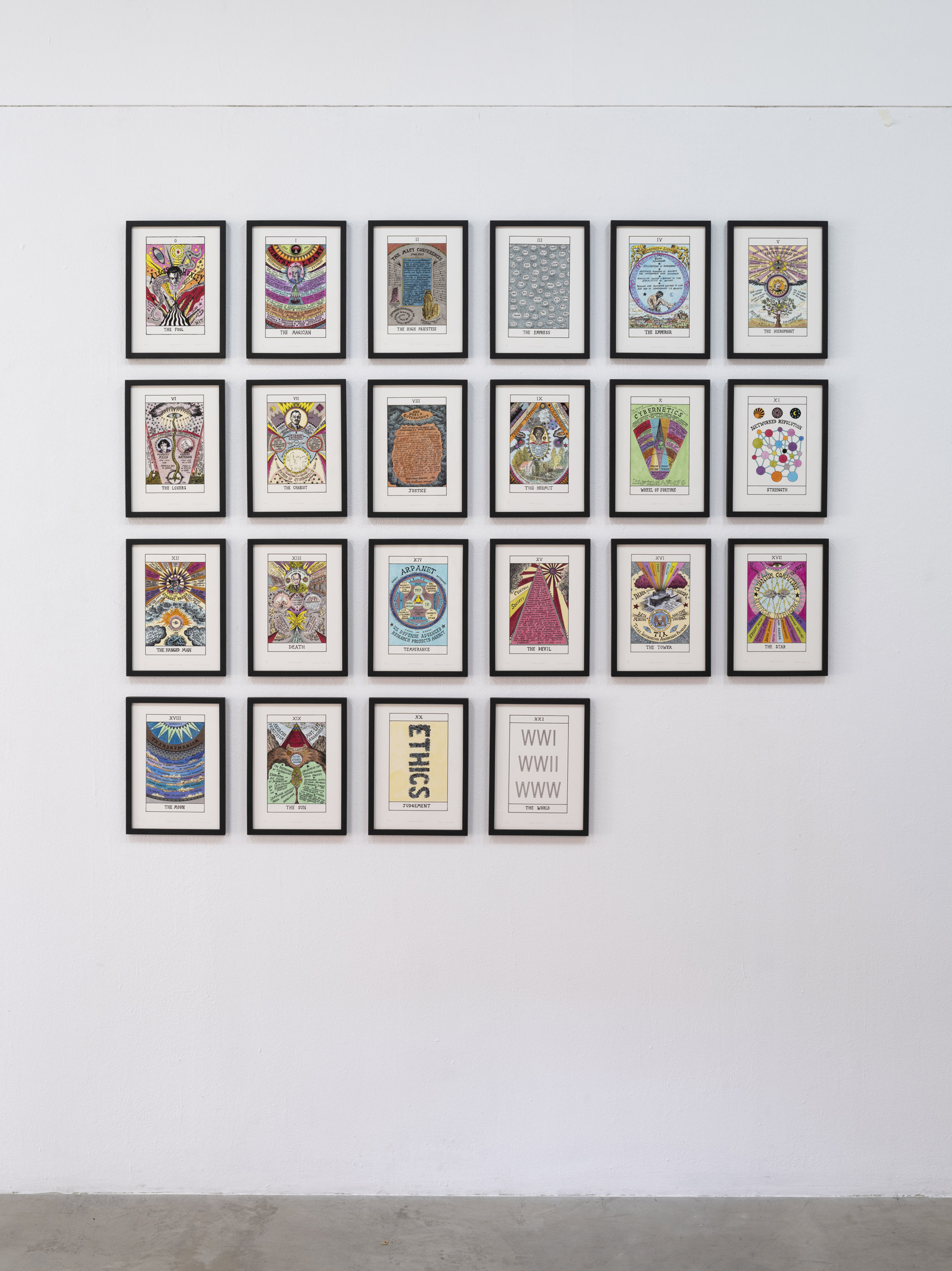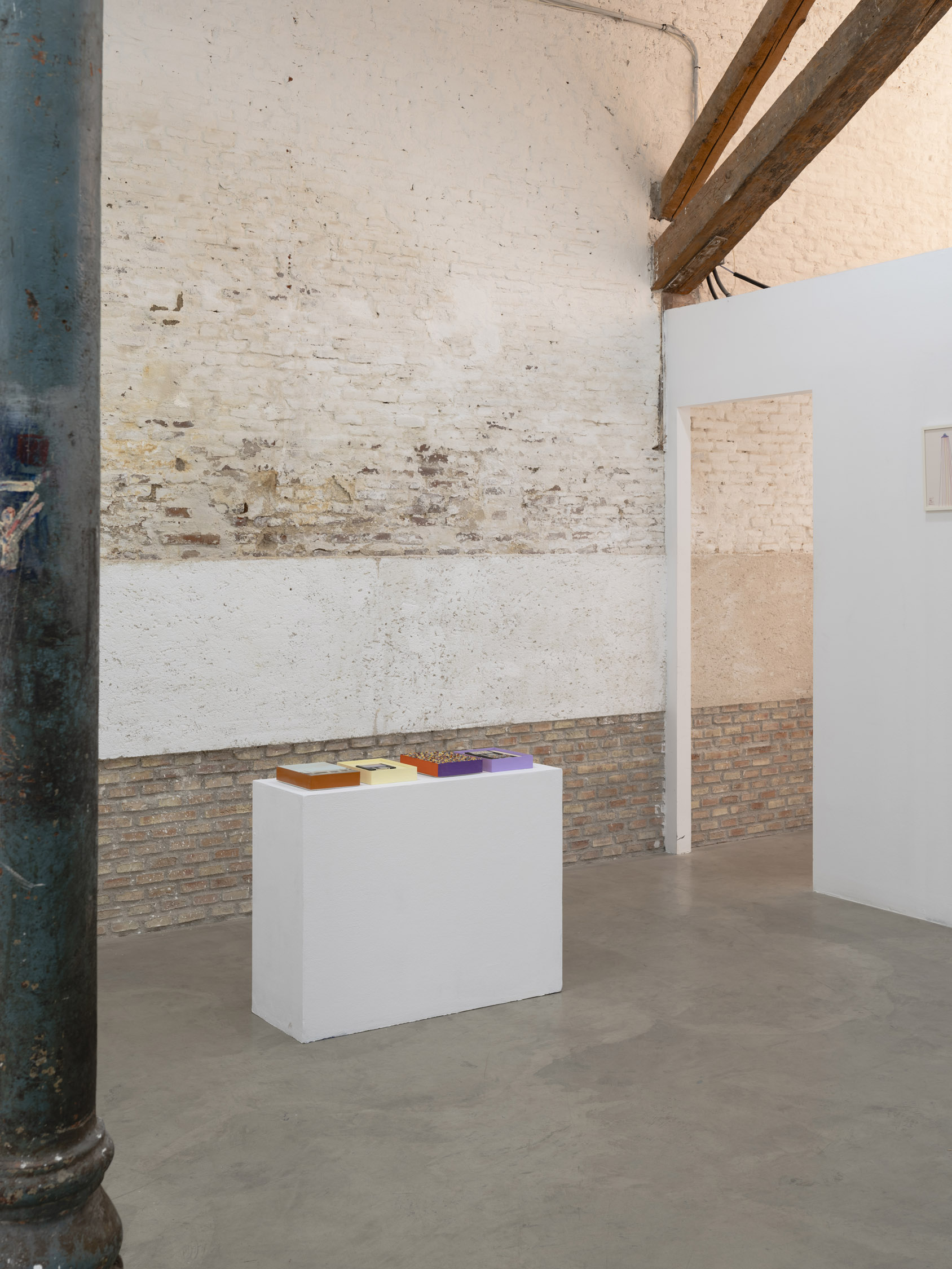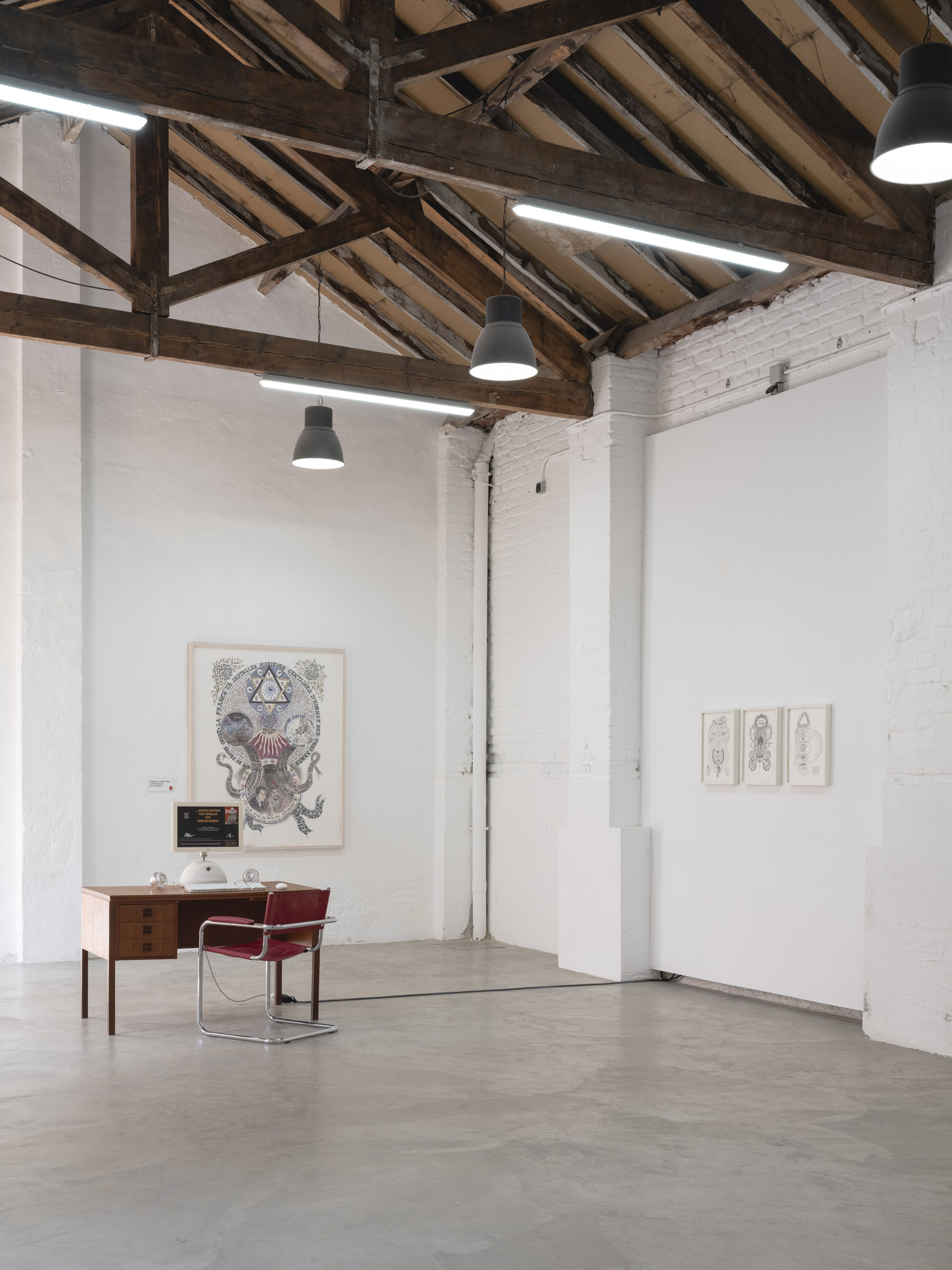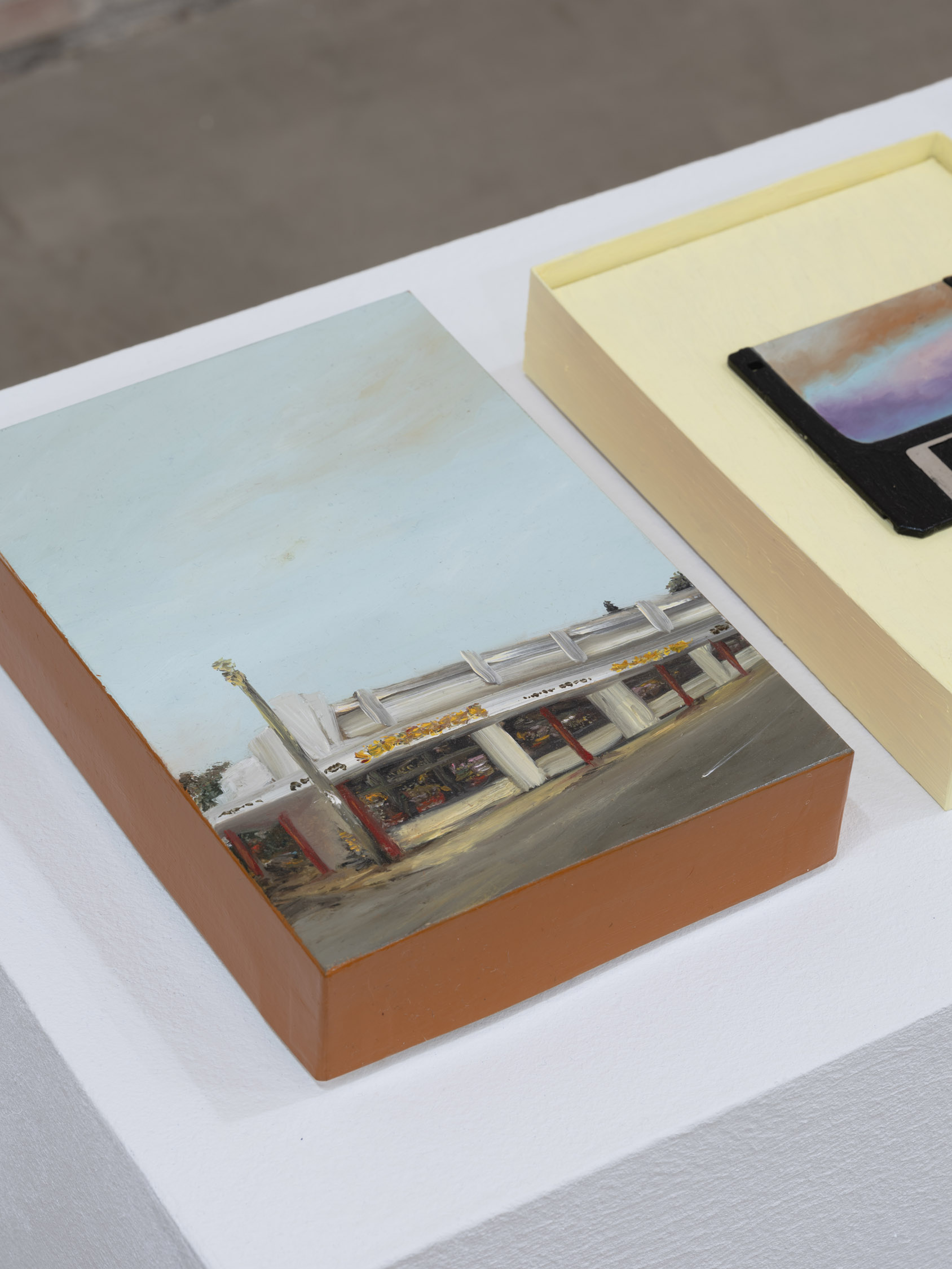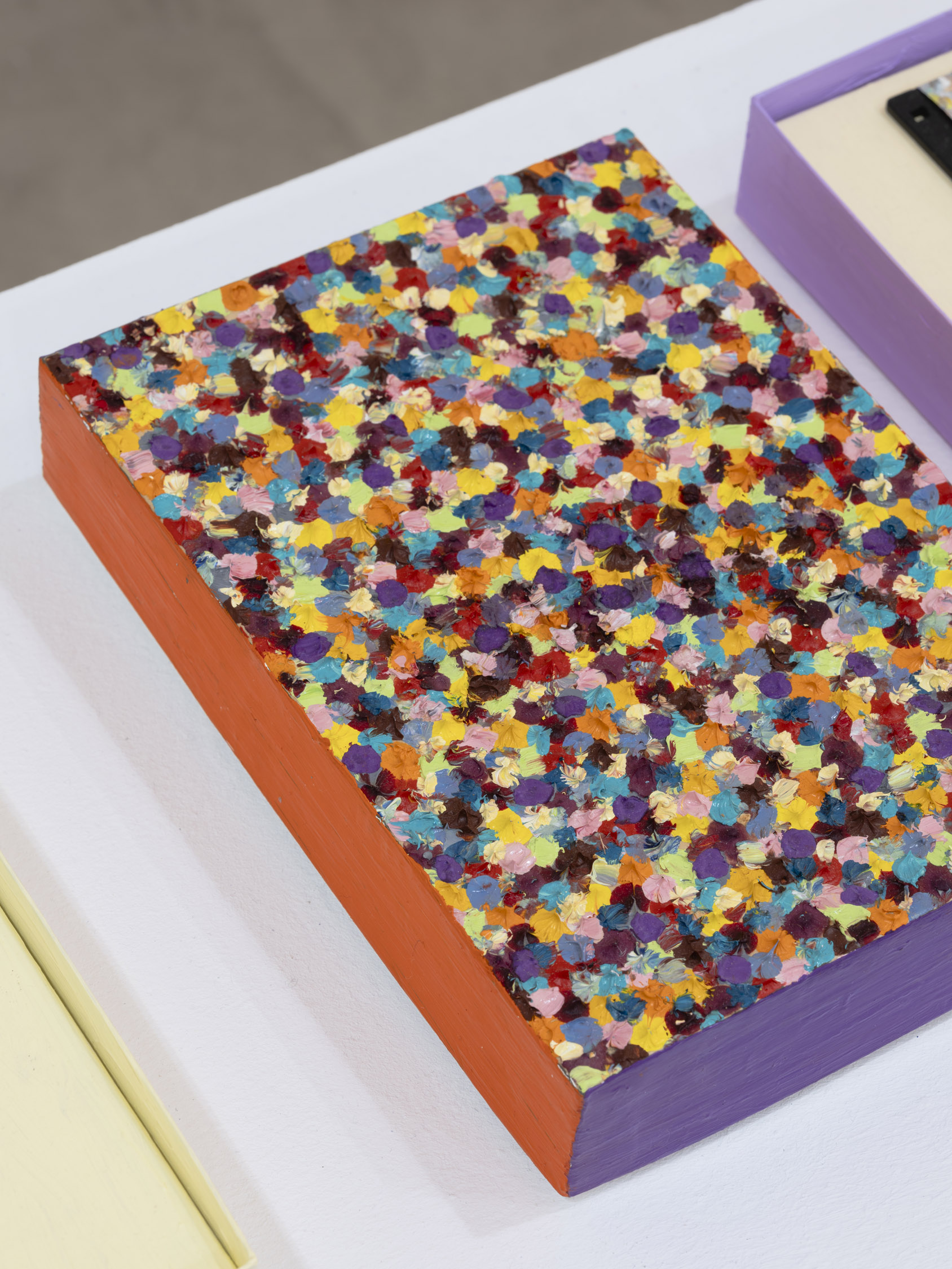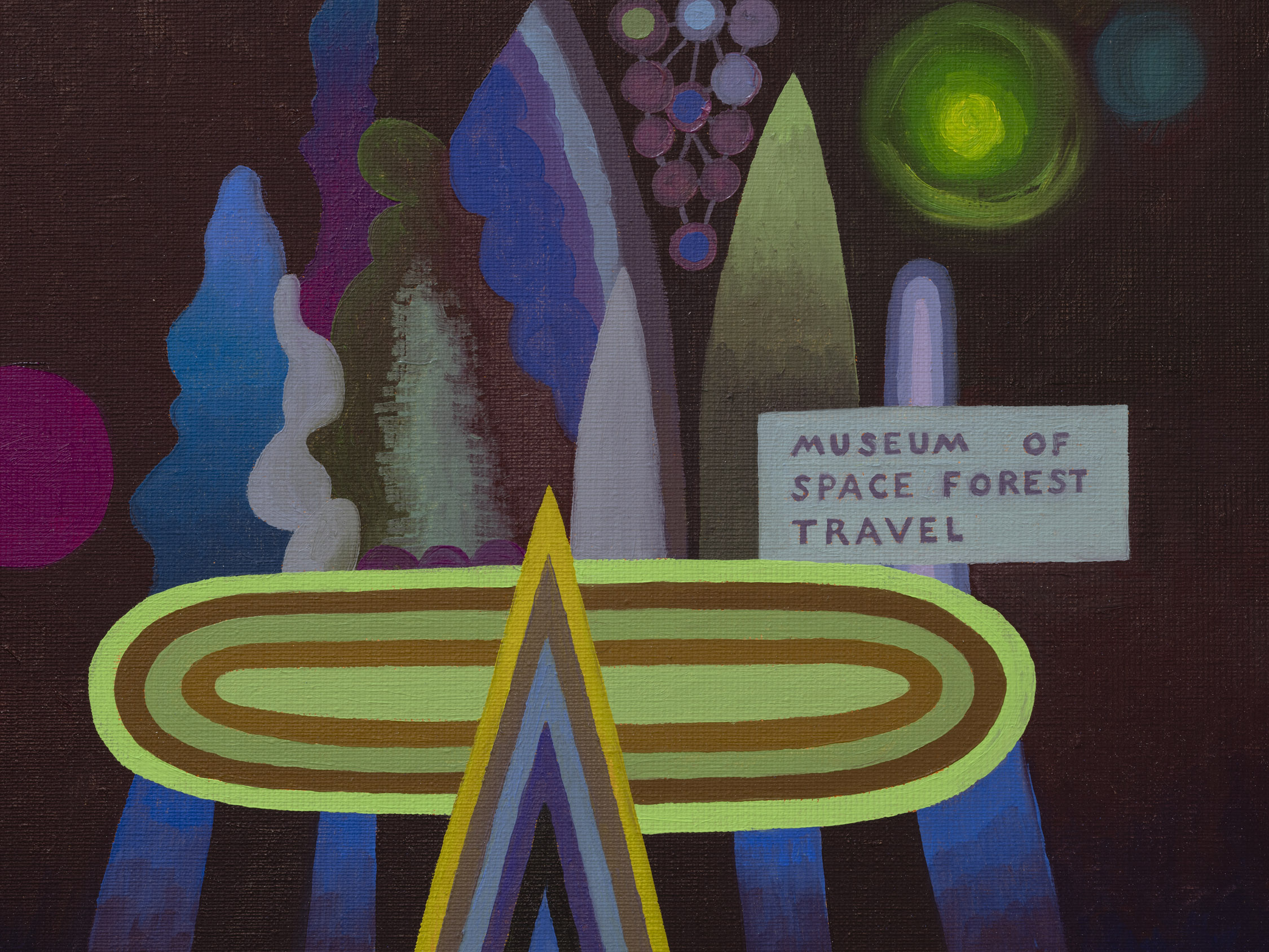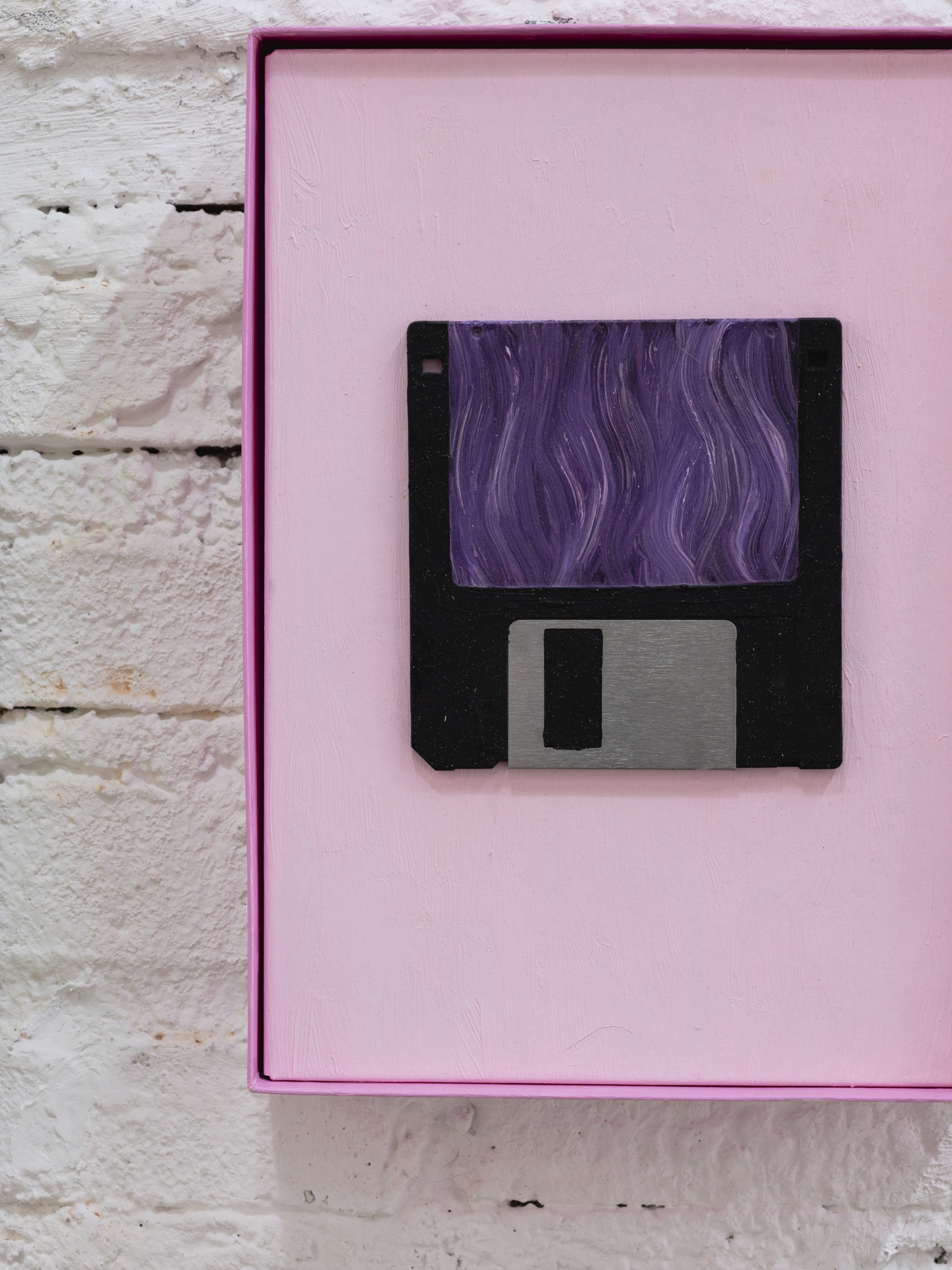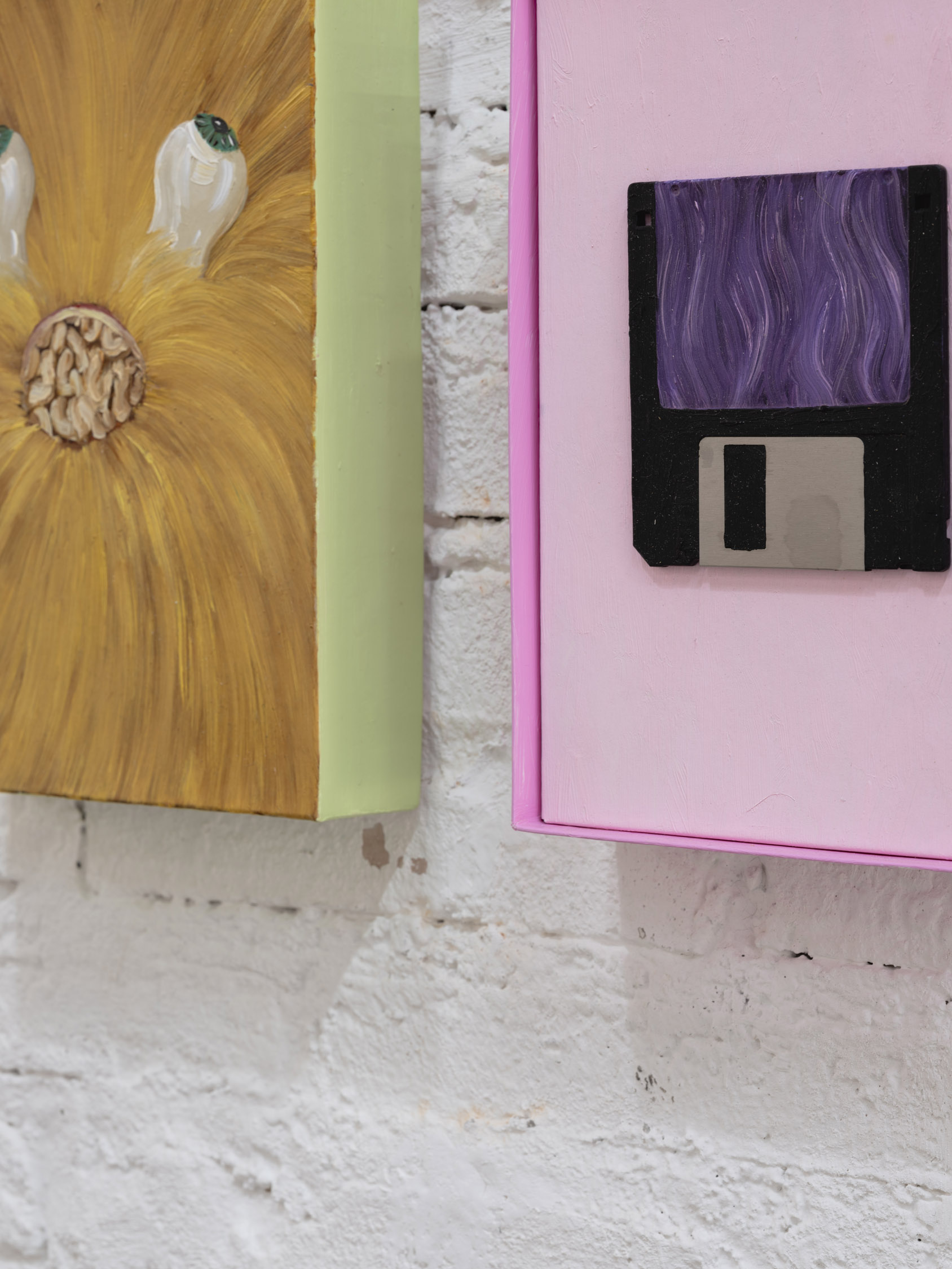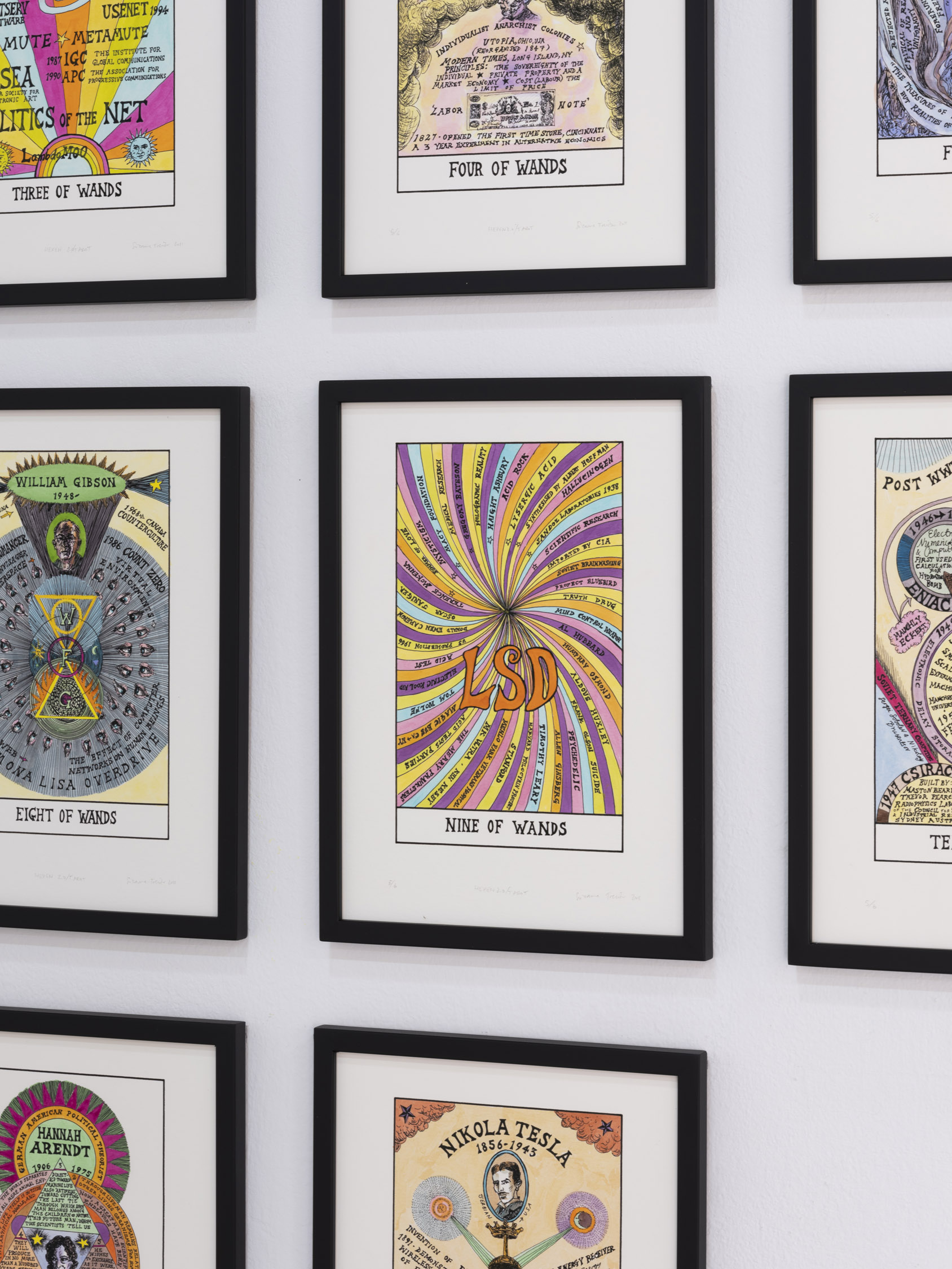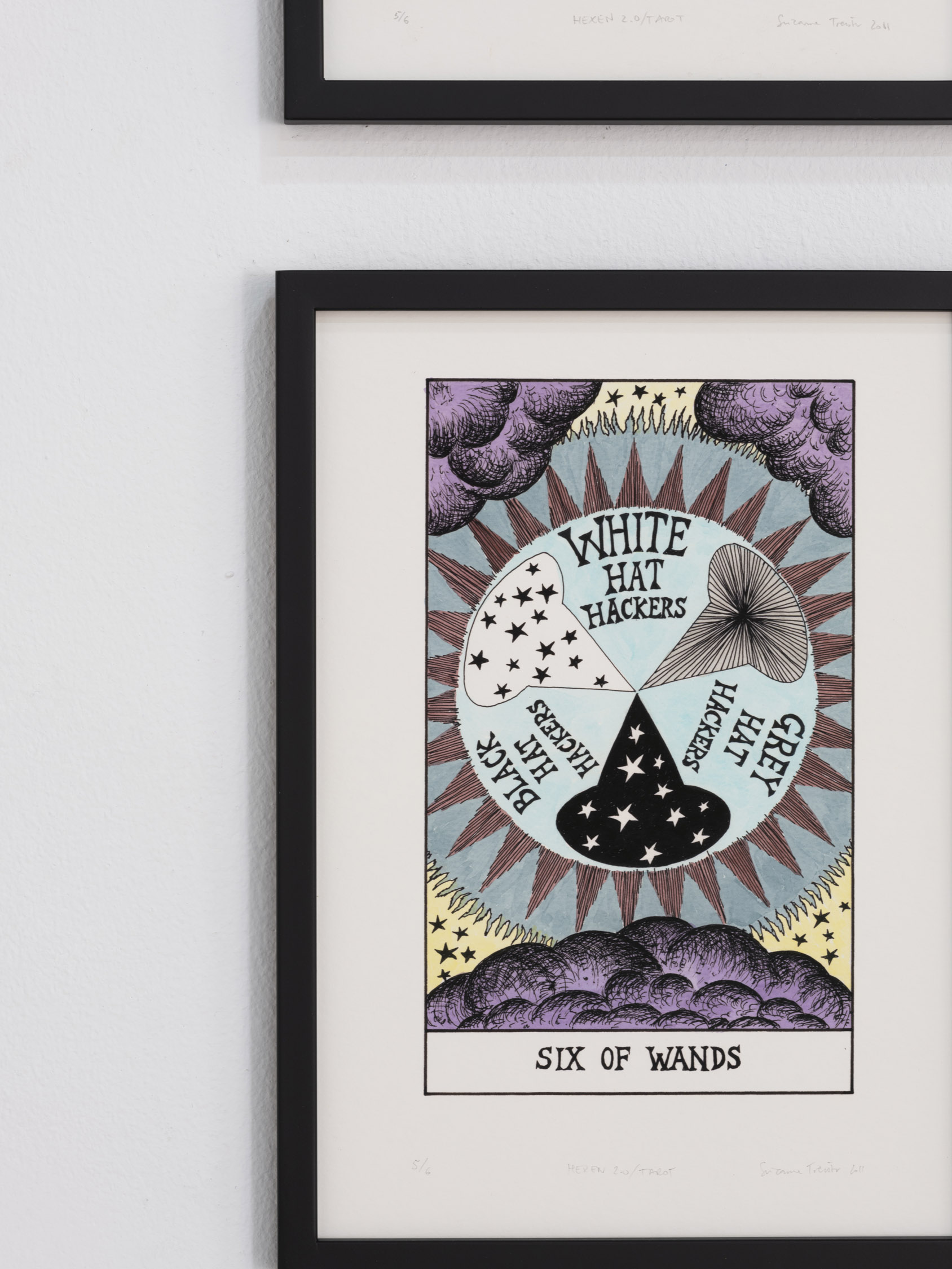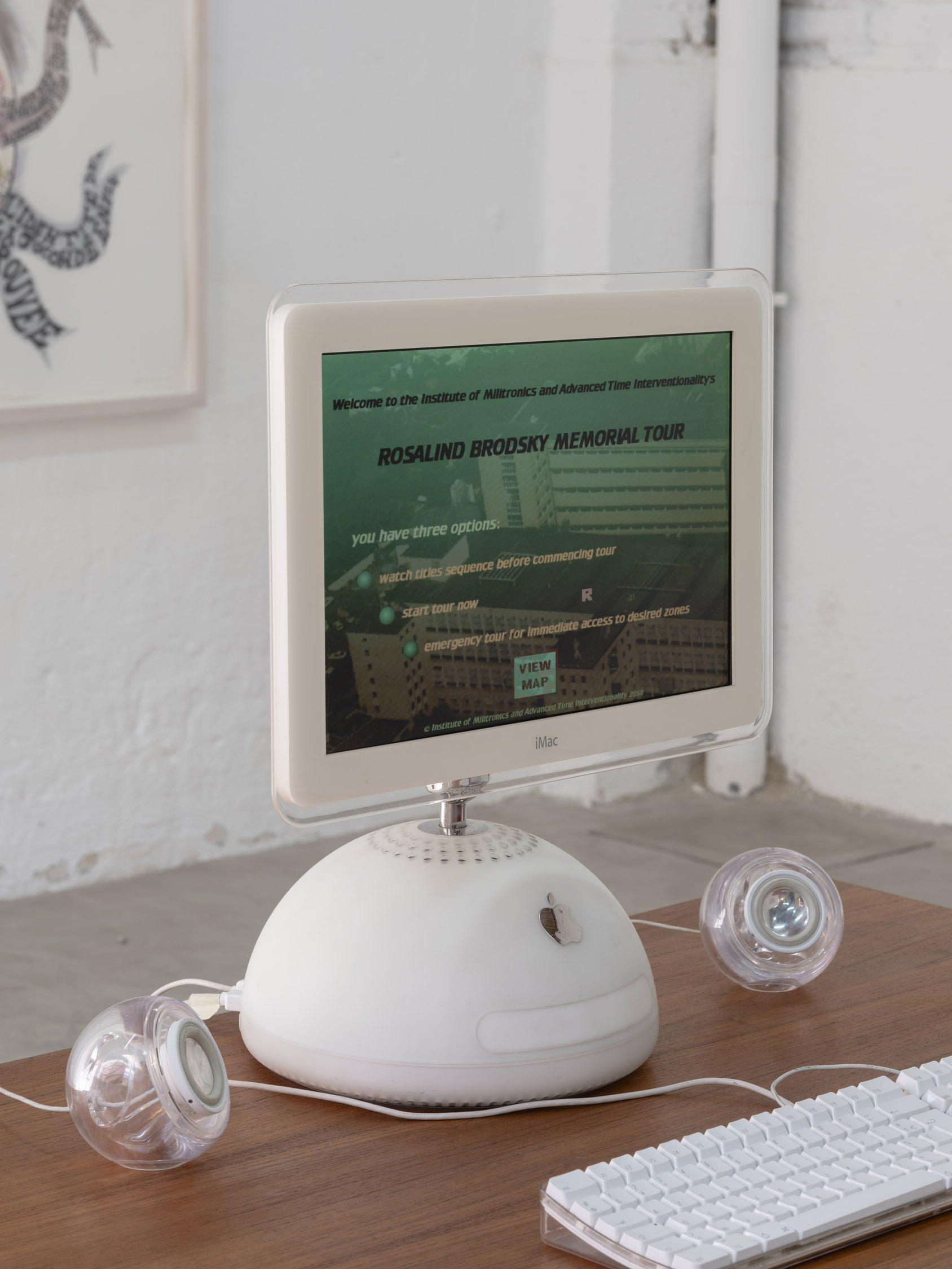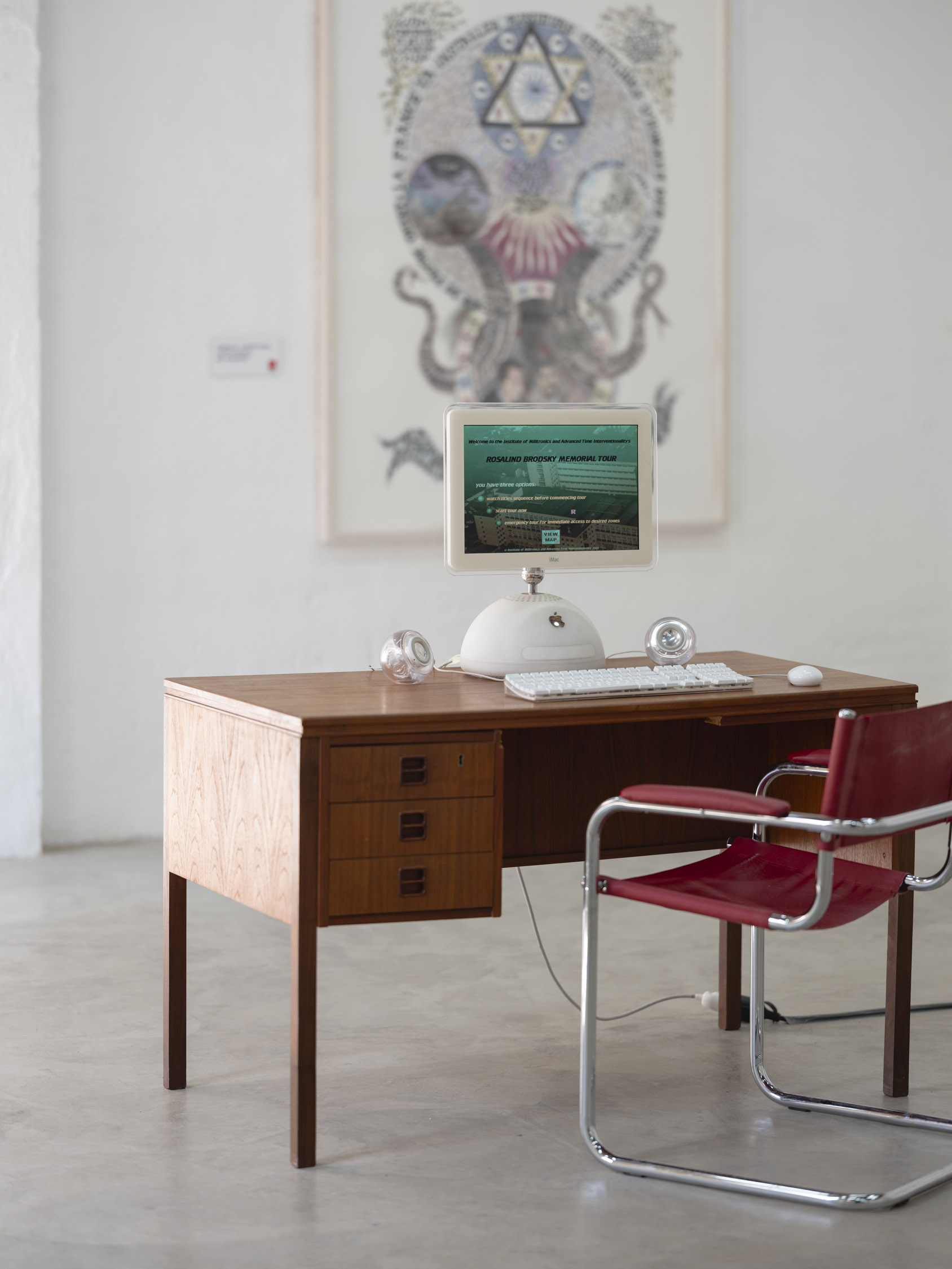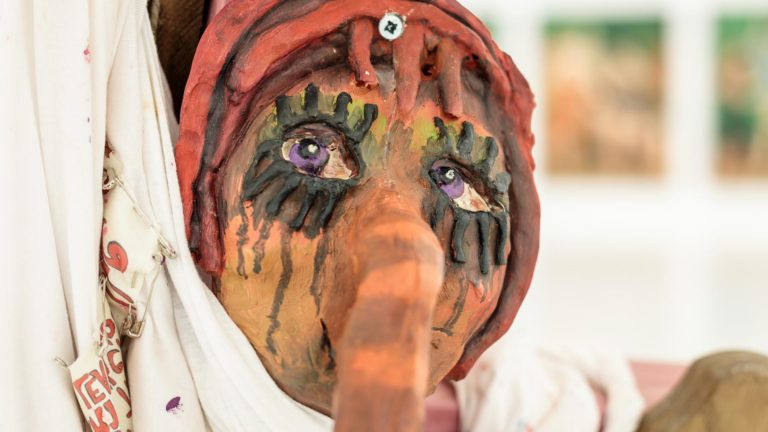Suzanne Treister is a British artist and pioneer in the digital/new media/web based field from the beginning of the 1990s. In her work, fiction is used to create alternative worlds that highlight the strategies with which power mechanisms operate in our lives. She does this through a series of individual projects that usually take several years of work and where, through formats such as interactive software, video, drawing, painting, or watercolor, she analyses alternative belief systems, mechanisms of control and surveillance, and links between new technologies and society.
Each of these projects develops a very precise iconography and narrative. They are worlds in themselves, with various branches, each more surprising than the last. For this exhibition, her first solo show in Spain, Treister presents a journey through several of them, covering a span from the 1990s to today. However, the visionary nature of each of these projects places them in direct contact with the present, facilitating various scenarios that, like an algorithm, allow us to trace—within certain parameters—our own history based on our choices.
Fictional Videogame Stills (1991-1992) presents a series of works that arise from images created by the artist in the early nineties, using an Amiga computer with a digital graphics program. Treister, who since the eighties had already been making paintings inspired by videogames, photographed directly from the computer screen the images of the fictional video games she had created. The effect of the photographs perfectly reproduces the high level of pixelation typical of the Amiga screen, giving the impression that these video games actually existed. This series of images marks one of Treister’s first critical forays into the world of virtuality—something that will accompany her throughout the rest of her work—alongside the growing interest in this area in contemporary culture—especially masculine—that began to understand them as mechanisms to escape reality and find virtual worlds more in line with their desires.
Evolving out of this body of work, Software (1993-1994) presents a series of fictional computer programs in floppy disk format with their respective packaging. Anticipating today’s Apps, the uniqueness of these works lies in their colorful oil-painted presentations, whose beauty and materiality hark back to classical art. Thus, the plasticity of classical art and painting contrasts with the ethereal nature of the virtual world, creating a kind of material authenticity for a fictional world and anticipating a debate that remains relevant to date.
Time Travelling with Rosalind Brodsky (1995-1999) is a multimedia project that includes videos, diaries, watercolours, cooking TV shows, music, psychoanalytic case historie, time travel costumes, a website, and an interactive CD-ROM. This interactive CD allows us to travel through the universe of Rosalind Brodsky— the artist’s alter ego—via a screen through which we access different spaces of information. Rosalind was born in London in 1970 and survived until 2058; her first delusional time travel experience supposedly occurred during a session with psychoanalyst Julia Kristeva in Paris. By 1995, Brodsky already believed herself to be a time traveler whose delusions led her to think she was working in London at the Institute of Militronics and Advanced Time Intervention (IMATI). In this fantasy, IMATI is a government-funded organization conducting research projects using time travel, with results primarily used by the military and other governmental organisations.
Alchemy (2007-2008) consists of a series of drawings and watercolors that transcribe the covers of international newspapers into alchemical drawings, reimagining the world as a place animated by unknown forces, powers, and belief systems. In the artist’s words: “These works reconfigure the languages and intentions of alchemy: the transformation of materials and essences, and the understanding of the world as a text, as a space of powers and correspondences that, if properly understood, will allow humanity to acquire a transformative power.” By integrating symbols of alchemy, modern culture, and recent histories, newspaper articles take on the value of revelations from the past and reveal power structures that are mysteriously clear.
In HEXEN 2.0 (2009 – 2011), the artist creates a series of watercolors that reimagine the tarot deck to, in her own words, invoke alternative futures. The idea emerged while she was reading about cybernetics and the Macy Conferences, which, after World War II, brought together key scientists in New York to develop a unified theory of the human mind aimed at controlling it and preventing a Third World War. She conceived a project to demonstrate that these ideas were foundational to contemporary control systems, particularly the algorithmic feedback mechanisms of Web 2.0. In HEXEN 2.0, the Death arcana is represented by mathematician John von Neumann, who was instrumental in the development of the atomic bomb; the Magician is Timothy Leary, one of the pioneers of psychedelic drugs; and the Hermit is embodied by the anarcho-primitivist ‘Unabomber,’ known for sending mail bombs to American universities and institutions until the mid-1990s. The HEXEN 2.0 tarot, published as a deck, is intended to be used as a learning device for groups to discuss and envision positive alternative futures, through inspiration resulting from chance combinations of cards.
HFT The Gardener (2014-2015) continues Treister’s fascination with esoteric traditions and cybernetics. This project encompasses multiple bodies of work through the fictional character Hillel Fischer Traumberg (HFT), a banker and high-frequency trader (as suggested by his initials). This character, seen as a reflection of rampant capitalism, develops a deep interest in studying psychoactive plants. He embarks on numerous hallucinogenic journeys that lead him to explore ethnopharmacology and ancient shamanic healing practices.
His research soon leads him to introduce the molecular formulas of the alkaloids that activate psychoactive effects into his HFT algorithms. The intention is for the plants to influence the algorithms in the same way they affect the human mind. Traumberg uses Hebrew numerology, which assigns numbers to each letter of the alphabet, to discover the numerological equivalent of each psychoactive plant. He then relates these to the corresponding number in the Financial Times Global 500 ranking of companies. The results of these connections are condensed into a series of botanical prints presented in the exhibition.
Following this point, Treister’s fictional story continues, creating a narrative in which the protagonist transforms into an artist. Through his artistic practice, he seeks to discover a system of coordinates that allow him to understand the very nature of consciousness and his place in the universe. In an era of avatars, artificial intelligence, and altered states of consciousness, this project aims to provoke the audience to reflect on how perception is constructed today and on the powerful agents that shape our decisions.
Kabbalistic Futurism (2021-2023) is a large body of work divided into several sections. For this exhibition, we present two oil paintings that focus on the architectures the artist dedicates to museums. In this project, Treister draws inspiration from her Jewish education—more specifically, from the wisdom of Kabbalah—which, long before the first mentions of the Big Bang, already described the universe as the result of an initial expansion. In these works, the artist constructs fictional museums that would exist in some extraplanetary future, built with geometries derived from diagrams found in typical Kabbalistic drawings of the Jewish tradition.
This exhibition explores over thirty years of artistic practice that views art as a space for developing transformative fiction, using fantasy as its main tool for activism. Throughout this journey, Treister invites us to experience her skill in combining and dialoguing various types of knowledge: science, technology, geopolitics, and mystical insights. By integrating these elements, she creates narratives that expand the visitor’s mind, stimulating their ability to imagine and speculate. This mental exercise proposed by Treister allows us to experience her work as a useful tool for observing the present with curiosity and a touch of suspicion, while still embracing irony and enjoyment. In this way, a direct conversation with the viewer is initiated, inviting them to reflect together on what is to come.




